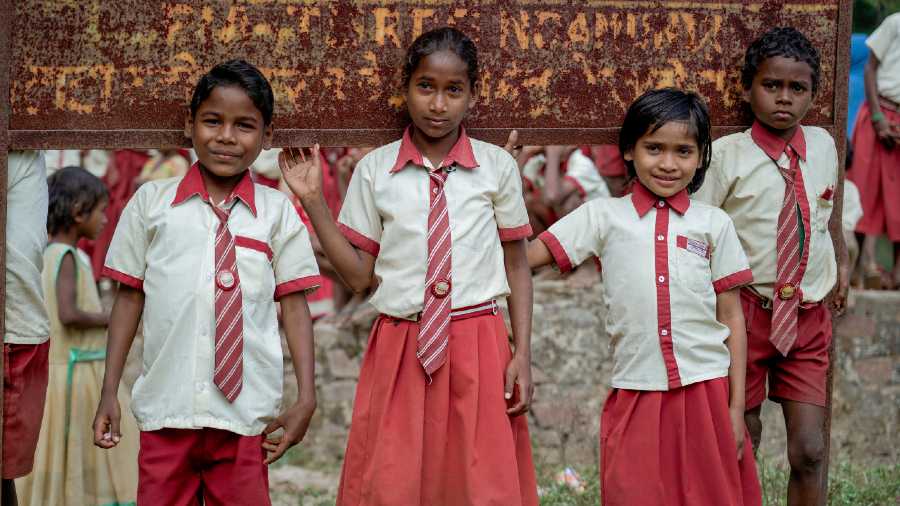The school education and literacy department in Jharkhand has identified 5,600-odd government-run primary schools to introduce a new model of teaching by imparting lessons in local and tribal languages to students of class 1 to class 5 from the next academic session, officials from the Jharkhand Education Project Council (JEPC) said on Saturday.
Only those schools where a sizable number of students have tribal languages as their first language have been earmarked for the project, which is aimed at strengthening the foundation of such students, JEPC officials said.
Abhinav Kumar, the state coordinator for quality education, said that Jharkhand has already introduced textbooks in tribal languages for such students and the new model of education will ensure effective utilization of these books. Once the students understand the basics in the language they are more comfortable in, the medium of education will gradually be changed to Hindi, he added.
“We have books in Santhali, Mundari, Ho and Kuduk. The new model of educating a select group of students in tribal languages will help develop the interest of students in studies and make them understand their subjects better,” said Kumar.
Class 1 students, an official from JEPC said, would be taught the entire syllabus in the local language so that they understand the subjects. However, in class 2, only 60% of the syllabus would be covered in the local language and remaining 40% in English or Hindi, he added.
As per records with the education department, there are about 40,000 government schools with over 5 lakhs students in Jharkhand.
While most of these schools impart lessons in Hindi, students in some tribal-dominated parts of the state were found to be more comfortable communicating in tribal languages. As per the 2011 Census, the tribal community formed at least 26.3 per cent of Jharkhand’s total population of 3.29 crore.
Under the new model of education, the tribal language most commonly used in a particular area will be used as the medium of education in schools that fall under that area, officials said. For instance, Santhali language is commonly used in the Santhal Pargana region of Jharkhand, while Mundari is commonly spoken in Kolhan, which includes West Singhbhum and East Singhbhum districts.
“When a child usually communicates in a tribal language at home, he or she will find it difficult to understand lessons taught in Hindi at school. This new model will not only make the lessons clearer for the students but also keep them interested in studies,” said Kumar.
The school dropout rate was also high in some of the tribal dominated areas of the state and the lack of interest in studies due to poor understanding of subjects could be one of the reasons for students dropping out of school after primary education, officials said.










